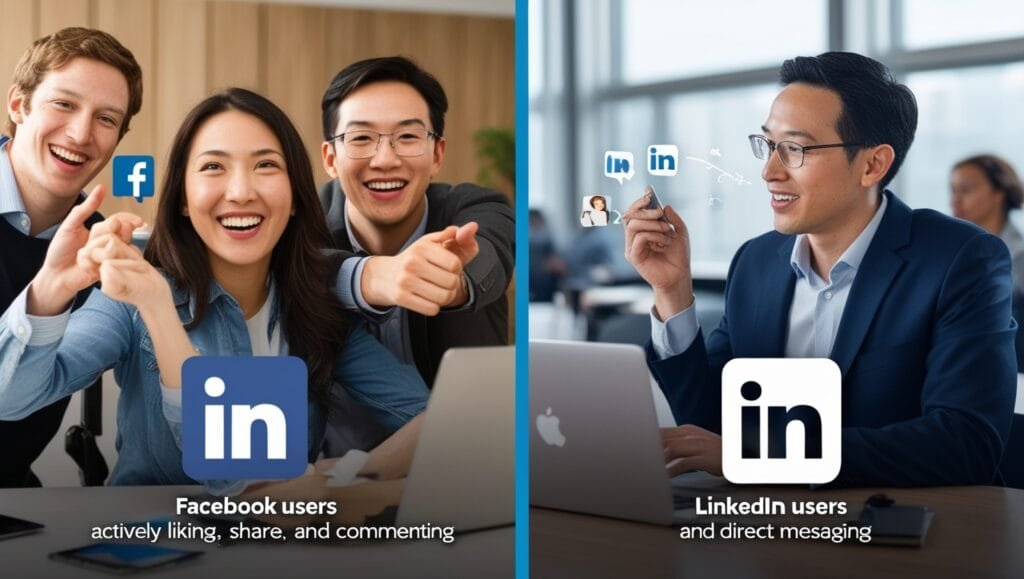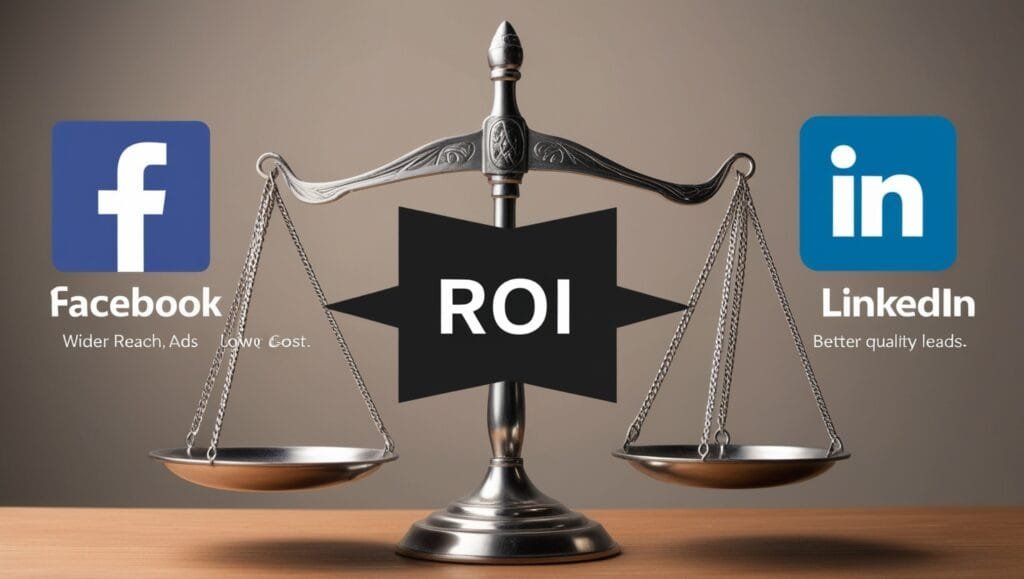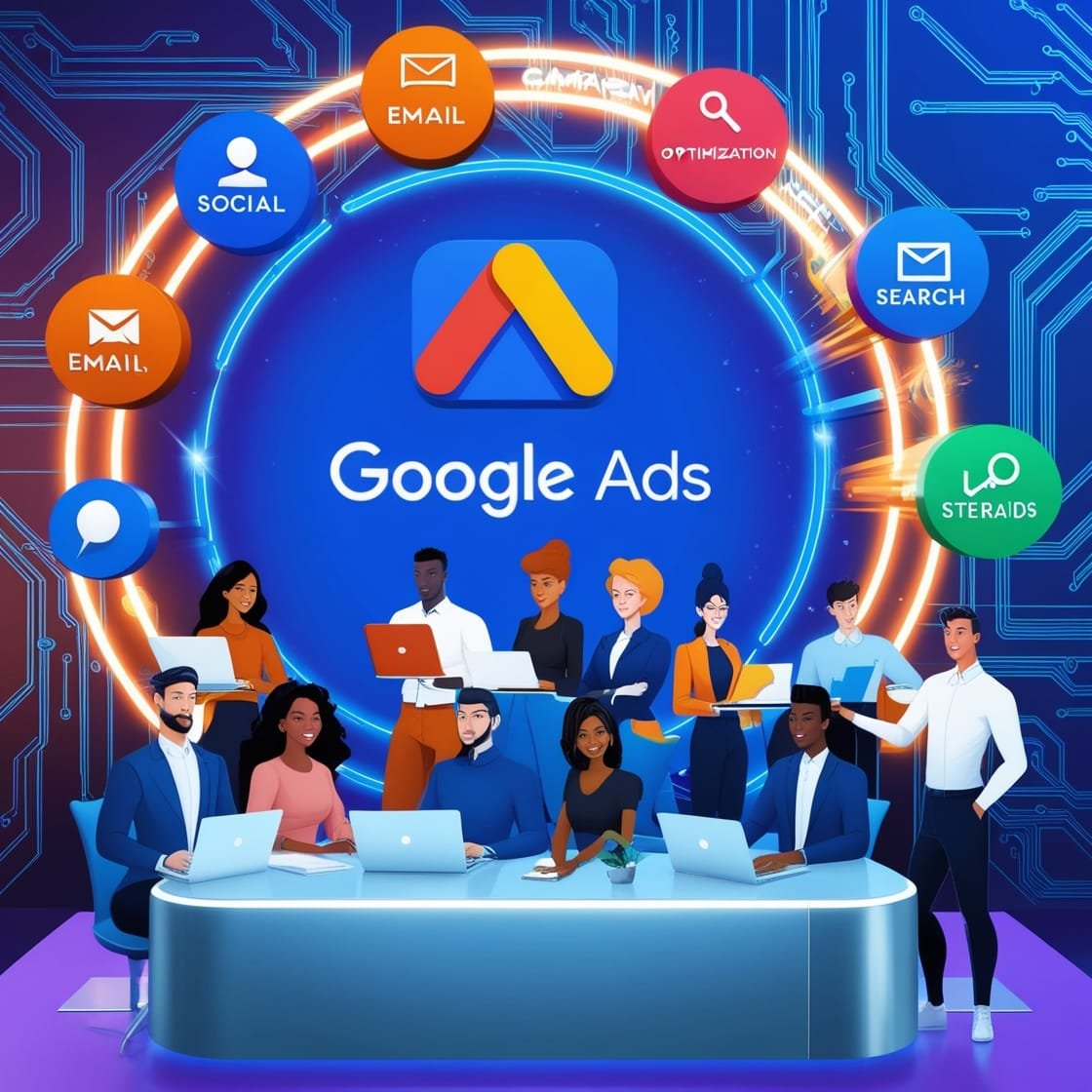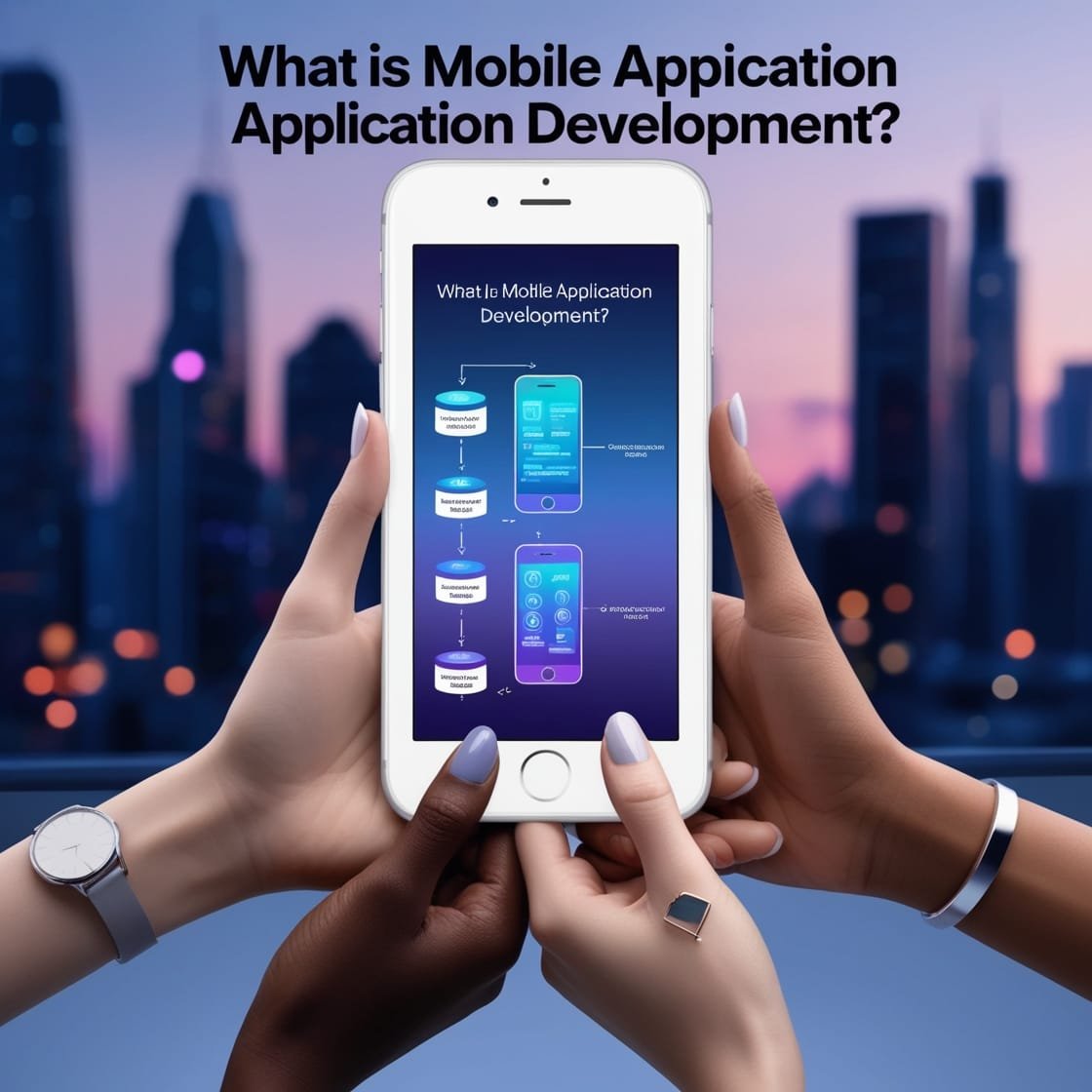Advertising is now a necessary strategy for companies trying to increase their reach and boost more sales in the realm of digital marketing. Among the many sites accessible, Facebook and LinkedIn stand out as two of the most often used ones. Targeting options, unique qualities, and possibilities, both provide firms looking to spend in paid ads appealing choices. Learn more about top digital marketing and advertising services!
When it comes to maximizing return on investment (ROI), nevertheless, the decision between Facebook advertisements and LinkedIn ones might be difficult. Your company objectives, the type of good or service you offer, and your target market will all mostly determine the response. This blog will dissect the main variations between these two systems and assist you in choosing which one will give your company greater return on investment.
1. Understanding Facebook Ads

With about 2.8 billion users worldwide, Facebook is still among the most often used platforms available. Businesses have a great chance to contact a wide spectrum of possible consumers from this large audience basis. Customizable to particular groups, hobbies, activities, and places, Facebook ads are flexible. Running a range of ad formats—image, video, carousel, and slideshow ads—you can design visually striking campaigns.
Facebook Ads provide strong choices for targeting including:
- Demographics (age, gender, education, job titles)
- Interests including fitness, music, films, etc.
- Actions (travel, internet buying, etc.)
- Custom audiences include email lists, retargeting past website visitors, etc.
- Targeting consumers akin to your top customers, lookalike audiences
Facebook is a great venue for companies providing consumer goods, services, or entertainment since its user base is varied and includes younger and middle-aged consumers. For B2C companies trying to create awareness, involvement, and sales, Facebook ads can be quite successful.
2. Understanding LinkedIn Ads

Conversely, LinkedIn boasts the biggest professional network in the world—more than 900 million users. Unlike Facebook, LinkedIn mostly emphasizes business networking, job advancement, and professional contacts. For B2B companies especially, LinkedIn ads are quite successful since the users of the platform are usually professionals in specialized sectors, executives, and decision-makers.
LinkedIn Ads provide a number of ad formats including:
- Sponsored Content
- Text Ads
- Sponsored InMail
- Dynamic Ads
- Carousel Ads
The strong targeting tools of the platform let companies approach particular professions depending on:
- Industry
- Job function and title
- Company size
- Skills and experience
- Education level
- Geographic location
Companies providing software, professional consulting, recruiting, and education especially find LinkedIn ads to be quite successful. LinkedIn offers great chances to interact with top-notch prospects and decision-makers if your company aims for a professional audience with unique interests.
3. Which One Yields Better ROI?
Comparatively analyzing Facebook and LinkedIn advertising across various significant criteria will help one ascertain whether one of the networks generates higher return on investment.
a. Audience Reach

Facebook claims a bigger viewership than LinkedIn. Facebook provides companies with the chance to access a wider audience including younger, middle-aged, and elderly consumers given billions of active users. For B2C businesses trying to raise brand awareness, drive website traffic, and create sales, this makes it a great venue.
Though it has less active users, LinkedIn is more geared at professional audiences. LinkedIn’s tailored ads can assist you to reach the appropriate audience—CEOs, marketers, HR experts, and other decision-makers—should your goods or service be aimed for business professionals.
b. Cost-Per-Click (CPC)
Generally speaking, Facebook ads have a cheaper cost-per- click (CPC) than LinkedIn ads. Facebook’s larger and more varied audience drives more competition for ad space, but the CPC stays reasonably priced. The very sophisticated targeting choices on the platform also help to guarantee that advertising lands among the most relevant consumers.
LinkedIn Ads, on the other hand, can be more costly because of their professional audience and customizing choices for targets. For B2B companies, however, the extra expense usually converts into better-qualified leads, which might help to justify it.
b. Conversion Rates and Lead Generation

Where the two systems differ most is lead generation and conversions. Although Facebook can generate a lot of traffic, since the audience is usually more laid back, conversion rates could be lower. Facebook might provide greater conversions at a lesser cost for goods meant for impulse consumers or companies aiming at a larger market.
For B2B companies, LinkedIn ads do, however, offer better conversion rates. Professionals seeking career advancement, networking, and business solutions makeup LinkedIn’s audience, so they are more open to offers including software, professional development, or other items and services linked to businesses.
For instance, a software company aiming at other companies with its solutions could discover LinkedIn Ads to be more efficient in generating premium leads. The platform’s direct reach to decision-makers could increase the ROI.
d. Ad Engagement
Facebook’s very dynamic character provides companies with more chances for involvement. Users of Facebook’s feed-based design may click, like, share, comment on adverts. Facebook is therefore the perfect venue for launching campaigns depending on interaction statistics including likes, shares, and comments.
Though not as engaged as Facebook, LinkedIn still provides a degree of involvement—especially via direct messages, comments, and shares. LinkedIn engagement, however, usually leans more professional and less casual, so users are more likely to interact with material related to their professional development or corporate goals.
e. ROI for B2C vs. B2B Businesses

Your company model will mostly determine the return on investment from Facebook ads against LinkedIn ones:
- B2C (Business-to-Consumer): Facebook Ads’ wide reach and affordable pricing structure mean that, should you be a consumer-oriented brand, they will probably show higher ROI. Facebook lets companies interact with customers in an interesting, casual, and entertaining manner, increasing sales and conversions on a more extensive level.
- B2B (Business-to-Business): LinkedIn Ads will probably show better return on investment if your company offers professional services, software, or items meant for other companies. Targeting particular sectors, job titles, and company sizes on the platform helps you to more easily engage with decision-makers more likely to make purchases of your products.
4. Choosing the Right Platform for Your Business

Think through the following to help you decide if Facebook Ads or LinkedIn Ads will be better for your company:
- Your Target Audience: Facebook Ads are probably the better choice if your company serves either people or has a wide customer base. LinkedIn Ads could be a better option if your main concentration is on helping other companies or professionals.
- Your Marketing Objectives: Facebook Ads provide a better return on investment if you wish to increase consumer sales and build brand awareness. LinkedIn Ads would probably show a better ROI if your main goal is creating premium leads for B2B products or services.
- Your Budget: Facebook ads usually have a cheaper CPC, so companies with a smaller advertising budget will find them more accessible. Still, LinkedIn ads are worth the money—especially for companies in specialized sectors.
5. Which Platform is Better for ROI?
Your objectives and target audience ultimately determine whether Facebook Ads or LinkedIn Ads best suit you. Although both sites have special benefits and disadvantages, Facebook Ads usually provides greater return on investment for companies aiming for a wide, consumer-oriented audience since its cheaper CPC and wider reach.
LinkedIn advertisements are the best option for B2B companies since they give access to experts and decision-makers, thereby producing better leads and improved conversion rates. Businesses should be ready, though, to spend more on LinkedIn Ads than on Facebook Ads.
Conclusion
Facebook advertisements and LinkedIn ones present amazing chances for companies to generate leads and sales. Your audience, company model, and marketing goals will determine which of the two platforms best fit you. Facebook Ads can be the preferable option if your main goal is to contact people in an entertaining and interesting manner. With its tailored targeting tools, LinkedIn Ads can offer a better return on investment, though, if you are focusing on professionals and decision-makers in particular sectors.
Whether you select Facebook or LinkedIn to advertise your company, knowing the benefits and shortcomings of both networks can help you develop a whole ad plan that maximizes ROI.





